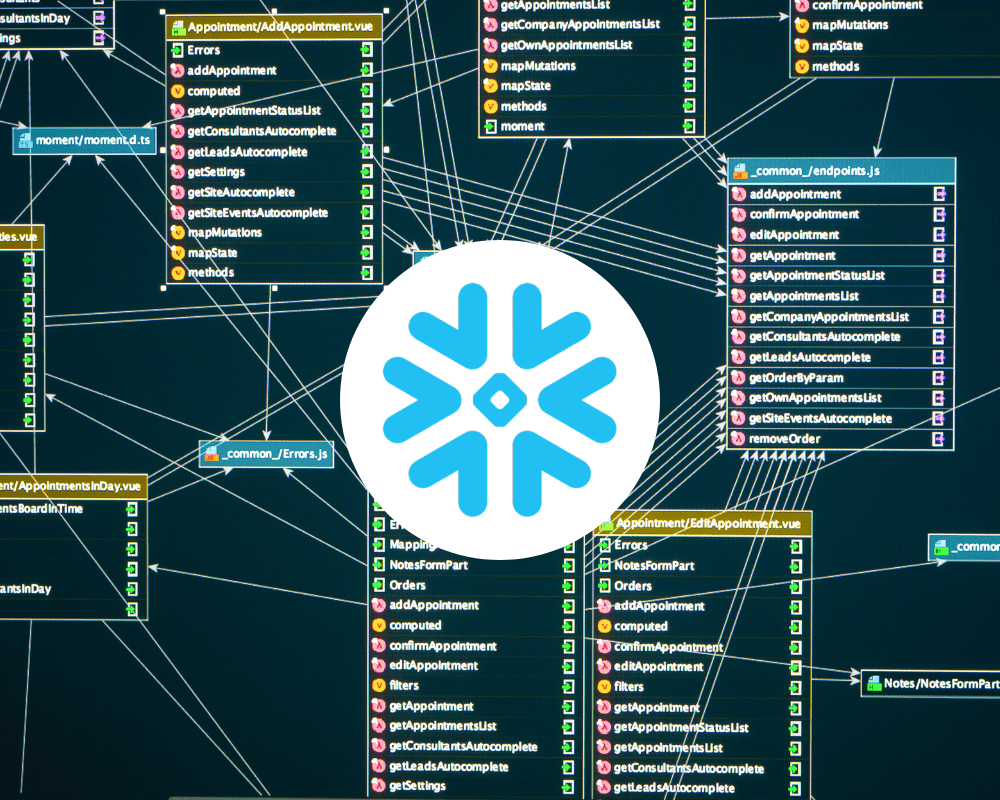
Image Source: Google
In today's data-driven world, organizations are constantly looking for ways to improve efficiency and make informed decisions quickly.
Snowflake and Looker are two powerful tools that, when integrated effectively, can help organizations streamline their data analytics processes and drive better business outcomes. Let's explore how you can improve efficiency with Snowflake Looker integration.
Benefits of Snowflake Looker Integration
Integrating Snowflake with Looker offers a myriad of benefits for organizations looking to enhance their data analytics capabilities. Some of the key benefits include:
1. Centralized Data Repository
- Combining Snowflake's data warehouse capabilities with Looker's data visualization tools allows organizations to create a centralized data repository.
- Centralized data storage simplifies data access and ensures that all stakeholders are working with the most up-to-date information.
2. Enhanced Data Visualization
- Looker's powerful data visualization features enable users to create interactive and insightful reports and dashboards.
- Integrating Looker with Snowflake allows organizations to leverage these visualization capabilities on top of their Snowflake data, making it easier to derive meaningful insights.
3. Improved Collaboration
- With Snowflake Looker integration, teams can collaborate more effectively on data analysis projects.
- Looker's ability to create and share reports and dashboards in real-time fosters collaboration among team members, leading to quicker decision-making processes.
Best Practices for Snowflake Looker Integration
To ensure a successful integration between Snowflake and Looker, organizations should follow some best practices. Here are a few tips to help you make the most out of this integration:
1. Data Modeling
- Develop a sound data modeling strategy that aligns with your organization's business goals and objectives.
- Ensure that your data models are well-designed to support efficient querying and data visualization in Looker.
2. Performance Optimization
- Optimize performance by tuning your Snowflake database for efficient queries.
- Use Looker's performance optimization features to fine-tune your queries and improve report load times.
3. Training and Support
- Provide adequate training and support to your team members to help them effectively utilize Snowflake and Looker.
- Invest in ongoing training to ensure that users are up to date with the latest features and best practices.
Use Cases for Snowflake Looker Integration
There are several use cases where integrating Snowflake with Looker can significantly improve efficiency and drive better business outcomes. Some common use cases include:
1. Sales Analytics
- Integrating Snowflake with Looker allows sales teams to analyze customer data, sales performance, and revenue trends in real-time.
- Interactive dashboards in Looker provide sales reps with actionable insights to optimize their sales strategies.
2. Marketing Campaign Performance
- By combining data from Snowflake with Looker's visualization capabilities, marketing teams can track the performance of their campaigns and make data-driven decisions.
- Looker's dashboards enable marketers to monitor key metrics, such as conversion rates and ROI, and adjust their campaigns accordingly.
3. Financial Reporting
- Finance teams can benefit from integrating Snowflake with Looker to streamline financial reporting processes.
- Looker's reporting tools enable finance professionals to create detailed financial reports and forecasts based on real-time data from Snowflake.